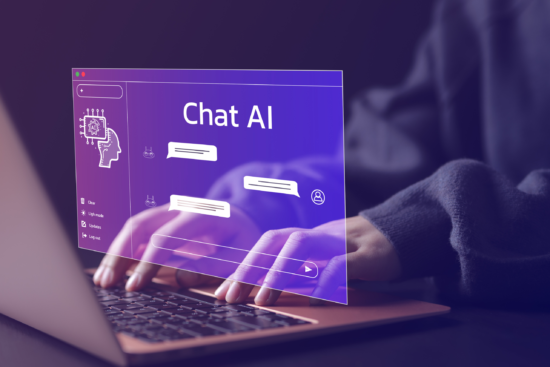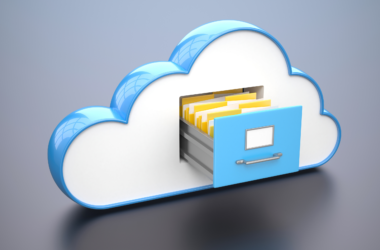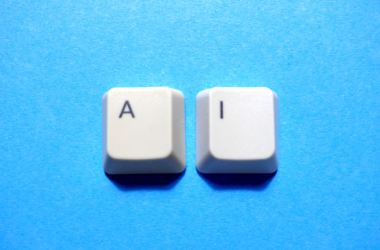Technology evolves at an unprecedented pace, the argument of Artificial Intelligence (AI) versus traditional tools continues to stir the tech community. Both AI and traditional tools have distinct benefits and drawbacks, making it a challenge to declare one as the definitive winner. In this blog post, we’ll embark on an engaging comparative review of AI and traditional tools to determine the best fit for your needs.
AI is not the adversary of traditional tools; it’s the evolution that transforms them into unparalleled allies, enhancing human capabilities and redefining what’s achievable.
Traditional tools are the time-tested methods, systems, and software that have been long employed to accomplish a range of tasks across diverse industries. Think of them as the reliable workhorses of the technology world – spreadsheets, databases, and classic programming software, to name a few. These tools are often manually driven and work based on predefined rules, giving them a certain degree of predictability and stability.
On the other end of the spectrum, we have Artificial Intelligence (AI). AI is a paradigm shift, a radical departure from the traditional. It’s like moving from a horse-drawn carriage to a self-driving car. AI tools are designed to mimic human intelligence, and their operation goes beyond simple rule-based execution. They possess the capacity to learn from data, adjust their behavior, and even make predictions, all with little to no human intervention.
In essence, traditional tools and AI are both valuable in their own right. They each offer unique benefits and also have their specific limitations. The real challenge lies in discerning where and when to deploy each to extract the maximum value. In the following sections, we’ll delve deeper into how these tools stack up against each other in terms of efficiency, adaptability, data analysis capabilities, and predictive modeling.
Efficiency of AI Tools Compared to Traditional Tools
When it comes to efficiency, AI tools certainly reign supreme. They usher in a new era of automation that dramatically minimizes the time and effort consumed in performing repetitive tasks. The magic of AI lies in its ability to swiftly process and analyze enormous volumes of data, something that traditional tools can only dream of achieving. This potent capability of AI allows for swift dissection of complex datasets that humans would find overwhelmingly strenuous and time-consuming to interpret manually. In essence, AI tools pack a powerful punch in the efficiency department, effortlessly outperforming their traditional counterparts in swift task execution and data processing.
Adaptability of AI Over Traditional Tools
In the fast-paced world of technology, being able to adapt to changes swiftly and effectively is crucial. This is where AI tools truly shine, showcasing an adaptability that is quite extraordinary. Traditional tools, while reliable, are often rigid, requiring manual tweaking to suit changing conditions. AI, however, dances to a different tune.
Capable of self-learning, AI tools don’t just adjust, they evolve. They absorb new data, learn from it, and adapt their behavior accordingly. They can navigate shifts in business needs or market trends, with the ability to update their algorithms based on the most recent data inputs. This remarkable adaptability makes AI an exceptional choice in rapidly changing environments.
Consider a fluctuating market trend in the business world. With traditional tools, you’d be scrambling to manually adjust your strategies. But with AI, the system itself modifies its approach based on the new data, delivering a level of flexibility that is simply unparalleled. The inherent adaptability of AI tools, thus, grants them a competitive edge, setting them apart from their traditional counterparts in the face of ever-evolving business landscapes.
Use of AI in Data Analysis
Delving into the world of data analysis, the incorporation of AI is indeed making waves. A feat it accomplishes by detecting intricate patterns and trends in data that would ordinarily escape the human eye. This means your business can now uncover crucial insights that were previously hidden. But it doesn’t stop there. AI takes data analysis up a notch by automating the processes of data cleaning and pre-processing. This ensures that results are not just faster, but also more precise. AI also excels in managing large, unstructured datasets, a task that traditional tools often stumble over. Its ability to analyze and draw insights from such data opens up opportunities for deeper understanding and improved decision-making. From consumer behavior patterns to product usage trends, AI effectively transforms raw data into actionable intelligence, setting a new benchmark in the realm of data analysis.
The Role of AI in Predictive Modeling
Venturing into the realm of predictive modeling, artificial intelligence is truly leaving its mark. By tapping into the power of machine learning algorithms, AI possesses the unique capability to discern complex patterns in historical data and make accurate forecasts about the future. This feature proves extremely beneficial across a variety of sectors. For instance, in the marketing world, AI can help predict customer behavior, thereby enabling more targeted and effective campaigns. Similarly, within the manufacturing industry, AI can forecast potential equipment breakdowns, allowing for timely maintenance and prevention of costly downtime. In a nutshell, the ability of AI to transform past data patterns into precise future projections is revolutionizing predictive modeling in an unparalleled way.
Limitations of AI and the Relevance of Traditional Tools
As dynamic as AI may be, it’s not entirely devoid of shortcomings. To deliver high precision results, AI necessitates large quantities of data and substantial computing power. In some situations, this need for massive datasets and high computational capabilities might present a challenge. Additionally, AI operates within a somewhat mysterious framework, commonly referred to as the “black box.” The decision-making process within this box is often complex and concealed, making it difficult to interpret how AI arrives at specific conclusions.
This is where the merits of traditional tools come into play. Unlike AI, traditional tools don’t require a data deluge to operate effectively. They work within an understandable and transparent framework, allowing for clear tracking of their functioning process. They are less resource-intensive, making them a reliable choice for scenarios where computational resources are limited. Despite the dawn of the AI age, these traditional tools still hold their ground and remain relevant in today’s tech landscape.
Both AI and traditional tools have their place in the technological toolkit. AI excels in adaptability, large-scale data processing, and predictive modeling, while traditional tools provide predictability, transparency, and cost-effectiveness. The key is to understand their individual strengths and limitations, and wisely choose the right tool for the task at hand.








